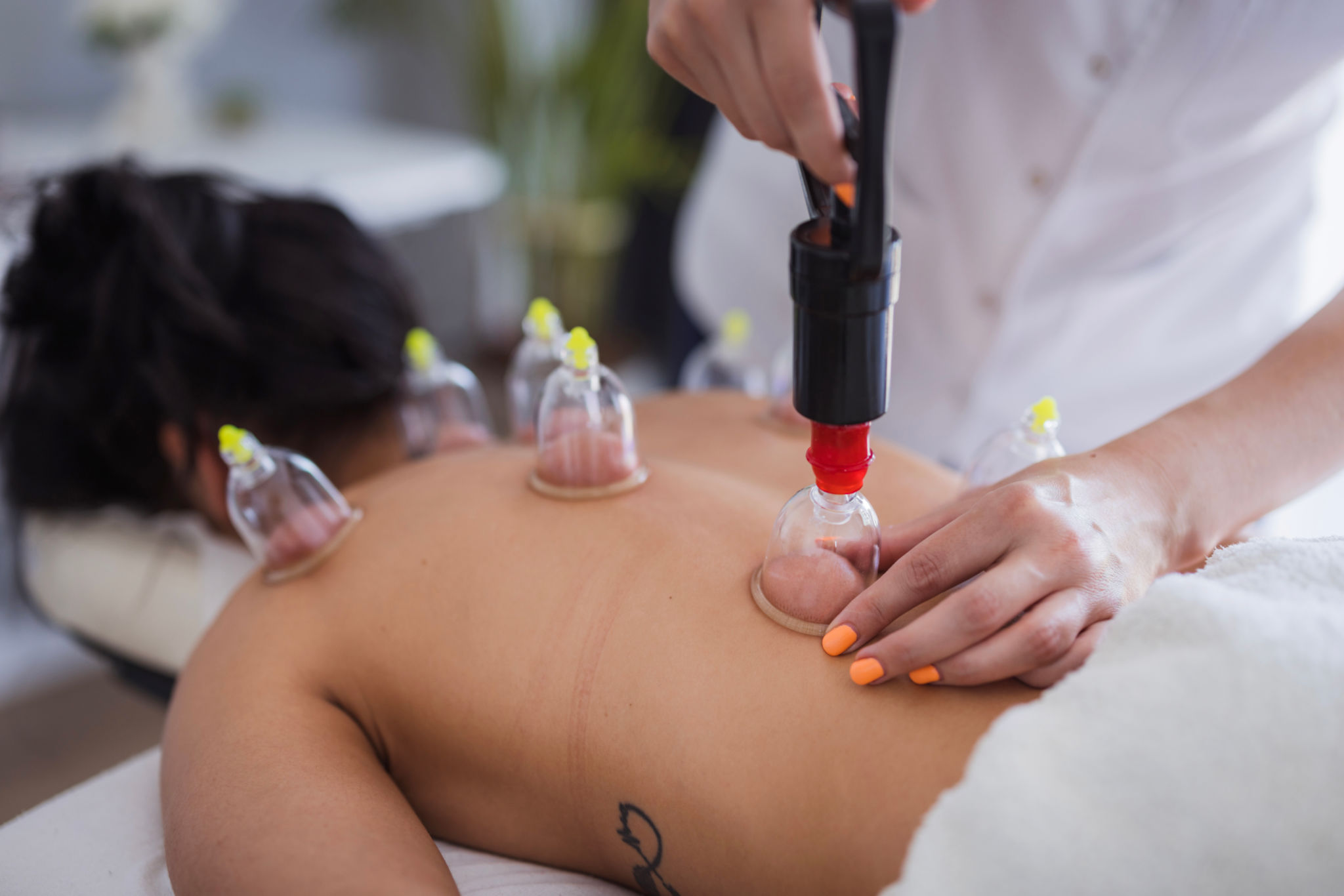Common Myths About Osteopathy: What Dubai Residents Should Know
Understanding Osteopathy: A Brief Overview
Osteopathy is a form of alternative medicine that emphasizes the physical manipulation of the body's muscle tissue and bones. While it is gaining popularity worldwide, there are still many misconceptions about what it entails, especially among Dubai residents. This blog post aims to dispel some common myths and provide a clearer understanding of osteopathy.

Myth 1: Osteopathy is Only for Back Pain
One of the most prevalent myths is that osteopathy is solely for treating back pain. While osteopaths often address back issues, their expertise extends far beyond this. They can help with a range of ailments, including joint pain, headaches, digestive problems, and even respiratory issues. By focusing on the body's structure and function holistically, osteopaths aim to improve overall health and well-being.
The Whole-Body Approach
Osteopathy treats the body as an interconnected system. This means addressing the root causes of discomfort rather than just the symptoms. Whether it's a sports injury or chronic pain, osteopaths look at how different parts of the body affect each other to promote healing and restore balance.

Myth 2: Osteopathy is Not a Recognized Medical Practice
Another common misconception is that osteopathy is not a recognized or legitimate form of medical practice. In reality, osteopathy is a regulated healthcare profession in many countries, including the UAE. Practitioners undergo rigorous training and education to ensure they provide safe and effective treatment.
The Professional Standards
In Dubai, osteopaths must be licensed by the Health Authority of Abu Dhabi (HAAD) or Dubai Health Authority (DHA). This ensures they have met specific educational and professional standards to practice safely and effectively. Always seek treatment from registered professionals to ensure you receive the best care.

Myth 3: Osteopathy is Painful
Some people fear that osteopathic treatments are painful. However, most patients find the techniques to be gentle and non-invasive. Osteopaths use their hands to apply pressure, stretch, and mobilize joints, which can alleviate tension and improve mobility without causing discomfort.
Comfort and Communication
Communication is key in osteopathy. Practitioners work closely with patients to ensure they are comfortable throughout the session. If any technique feels uncomfortable, patients are encouraged to speak up so adjustments can be made.

Myth 4: Osteopathy Provides Instant Results
While some patients may experience immediate relief after an osteopathic session, it is important to understand that healing can take time. Osteopathy aims to support the body's natural healing processes, which may require multiple sessions to achieve lasting results.
Commitment to the Process
Patients should commit to their treatment plan and follow any lifestyle or exercise recommendations provided by their osteopath. This holistic approach can enhance the benefits of treatment and promote long-term health improvements.

The Role of Osteopathy in Dubai's Healthcare Landscape
As more people in Dubai become aware of the benefits of osteopathy, it is increasingly being integrated into mainstream healthcare settings. Its emphasis on holistic care aligns with the growing demand for patient-centered approaches in modern medicine. By understanding and debunking these common myths, residents can make informed decisions about incorporating osteopathy into their healthcare routines.